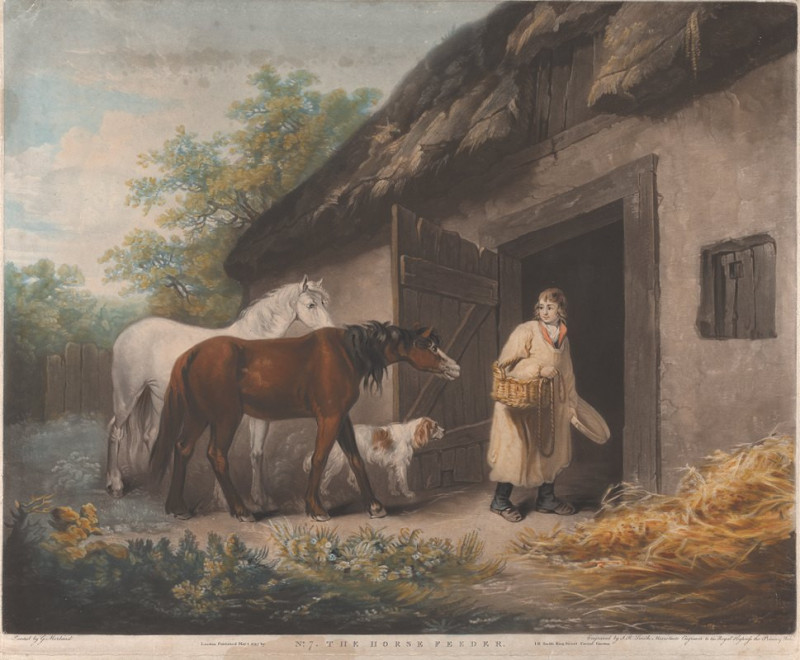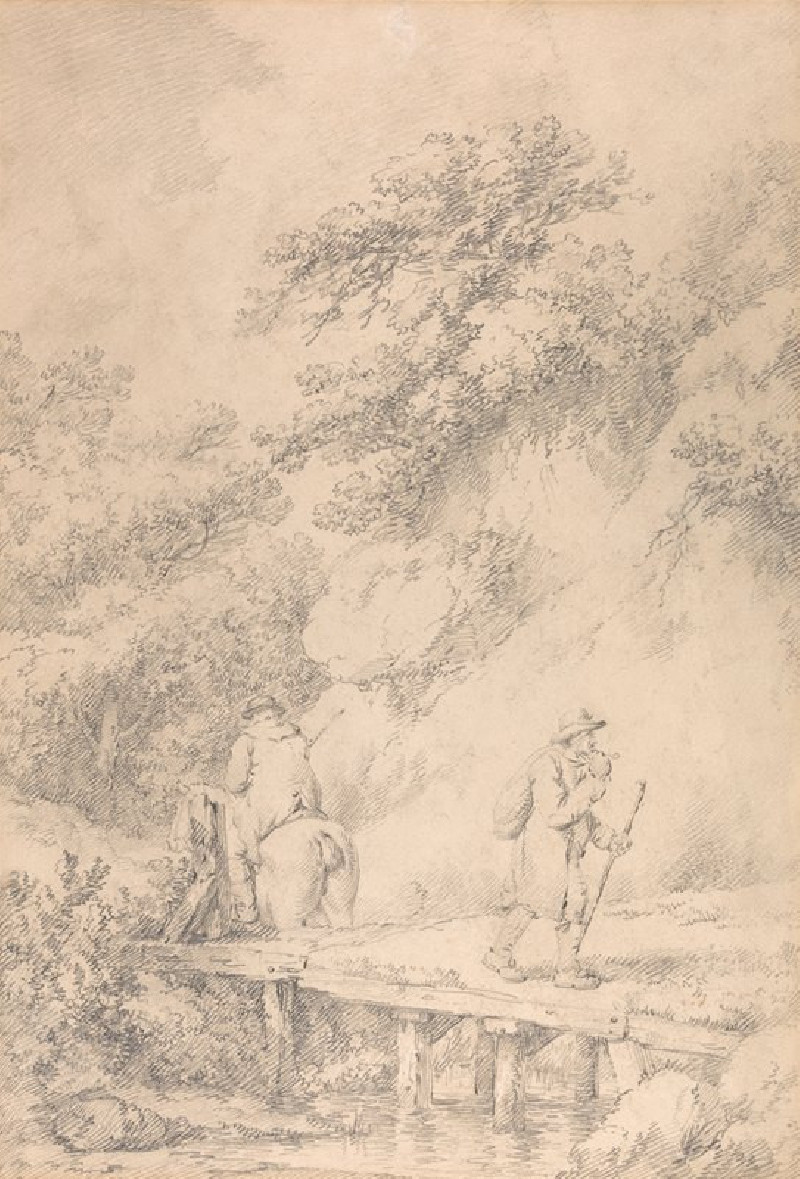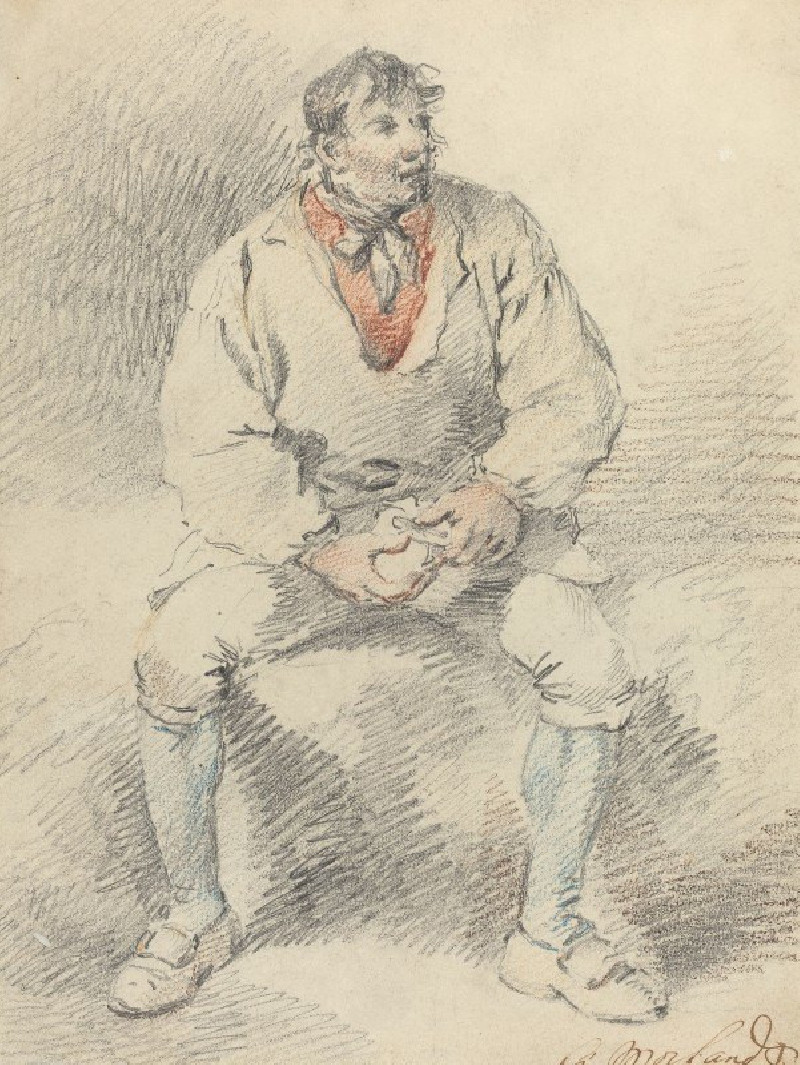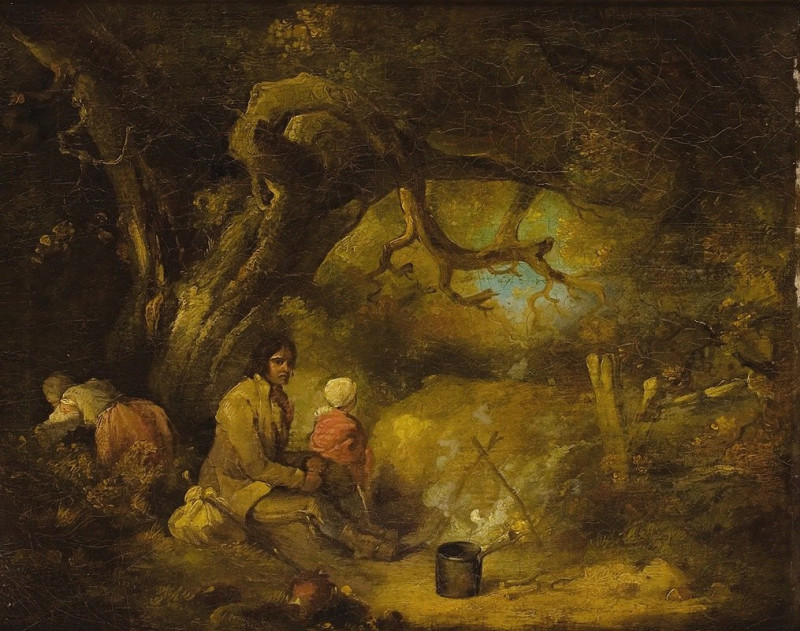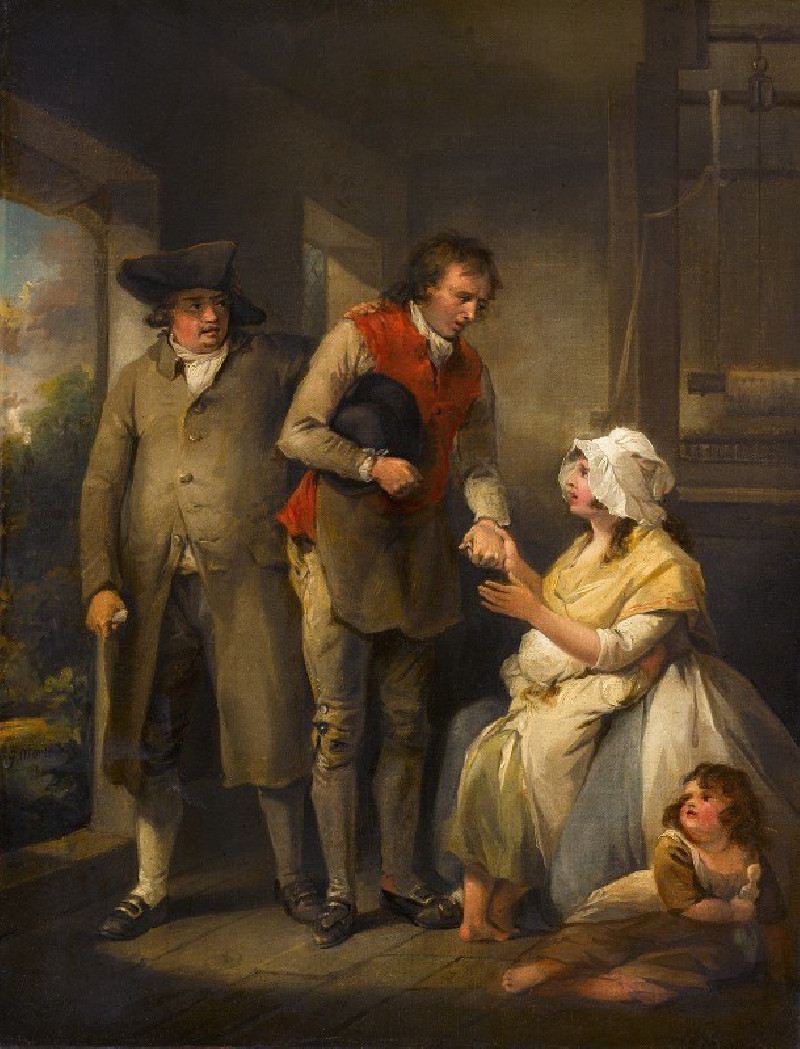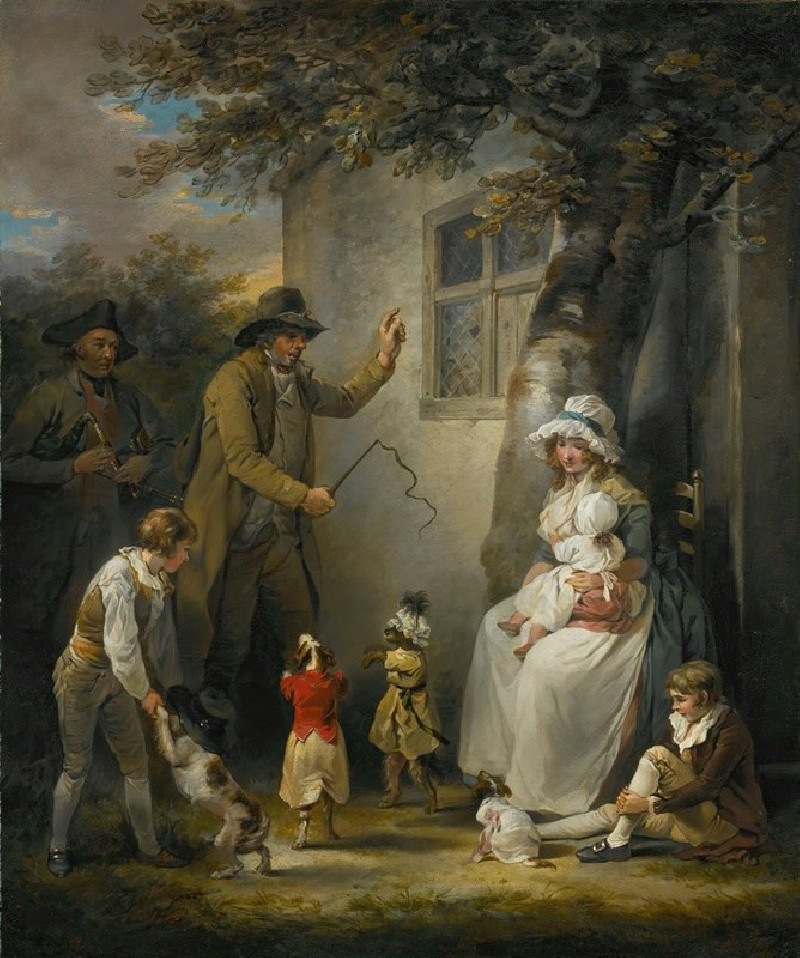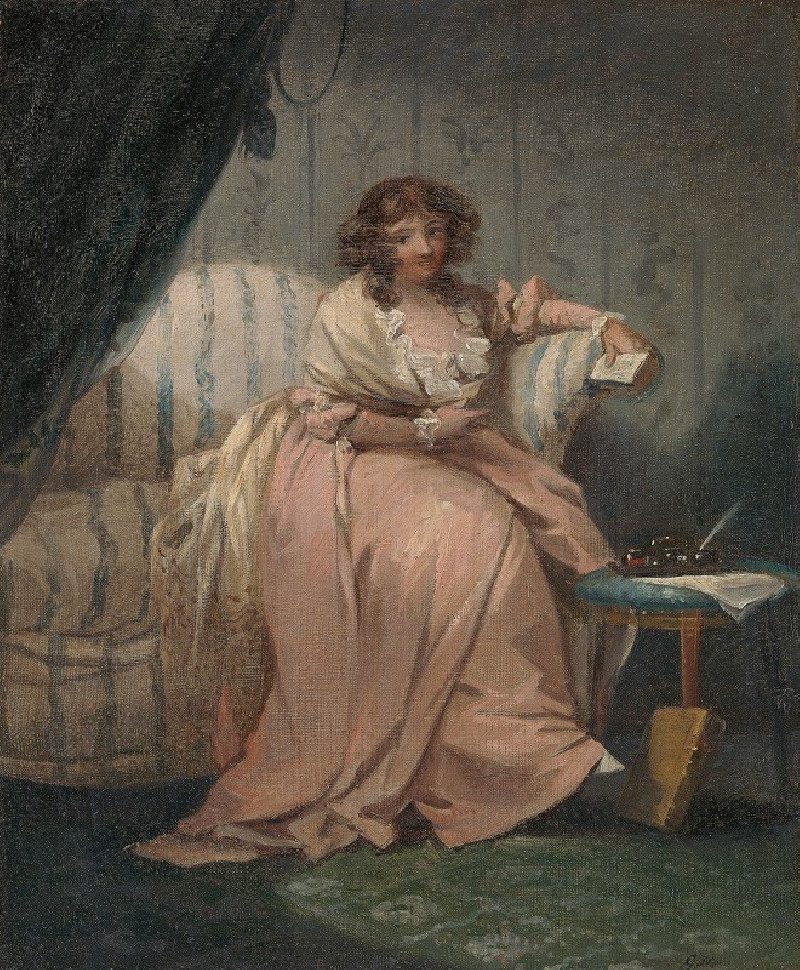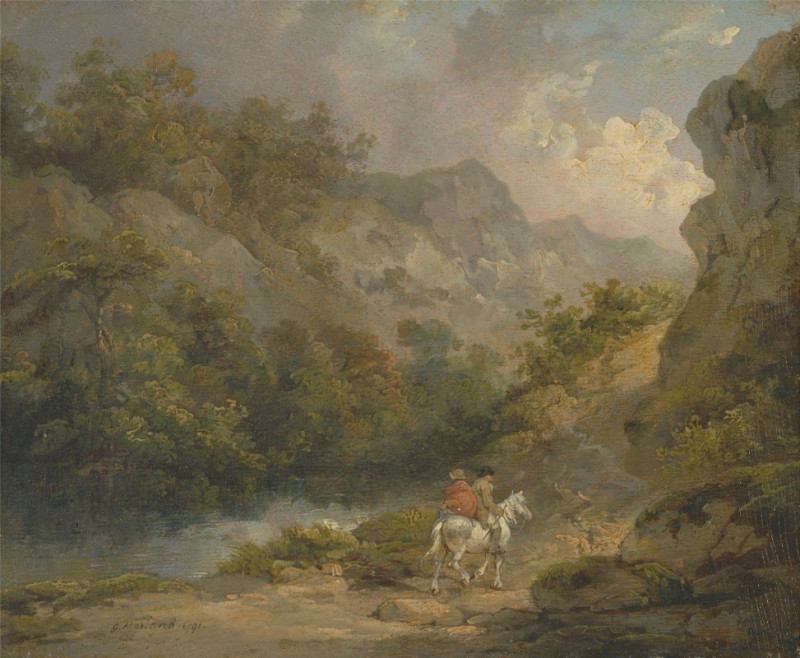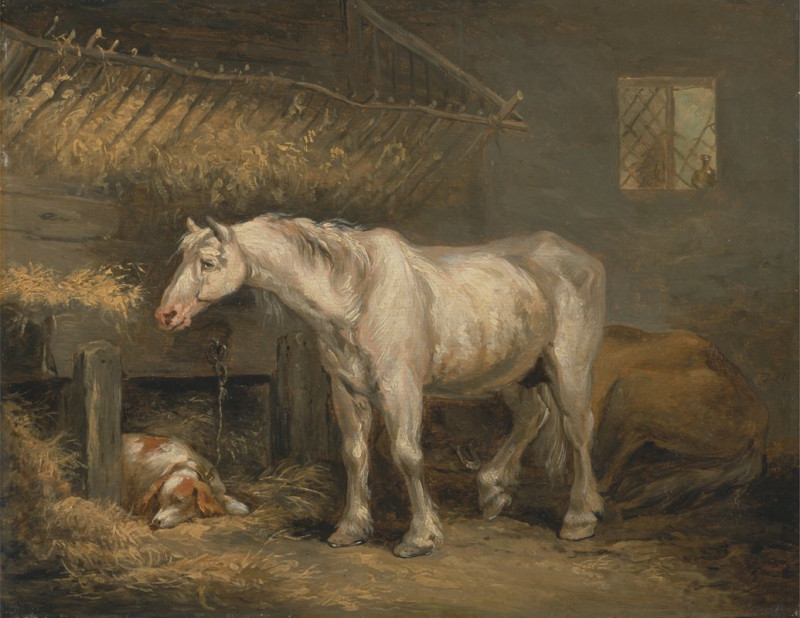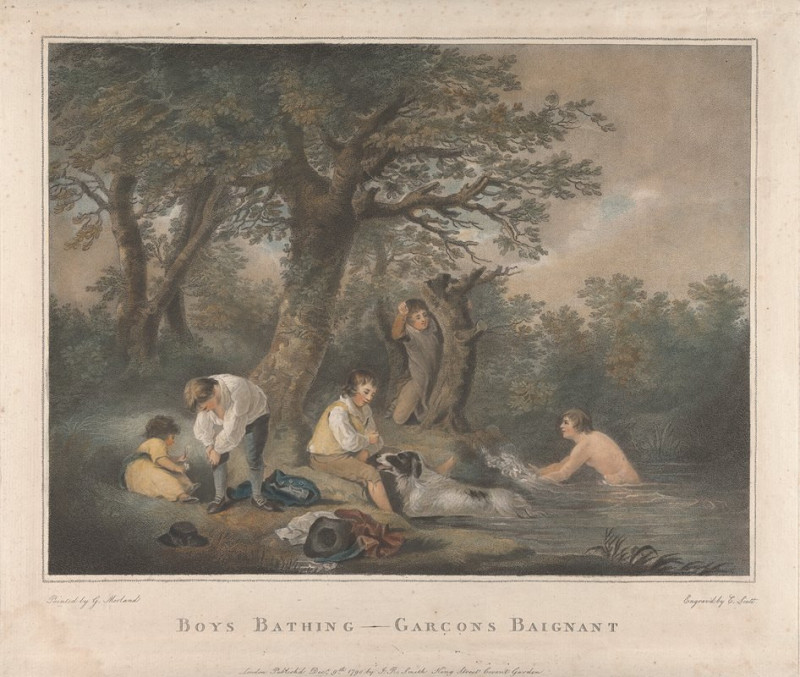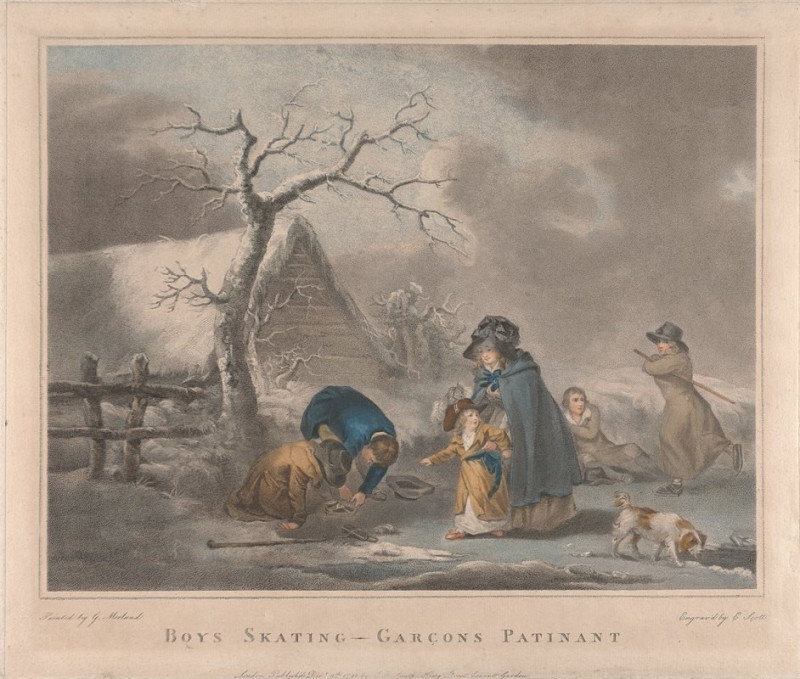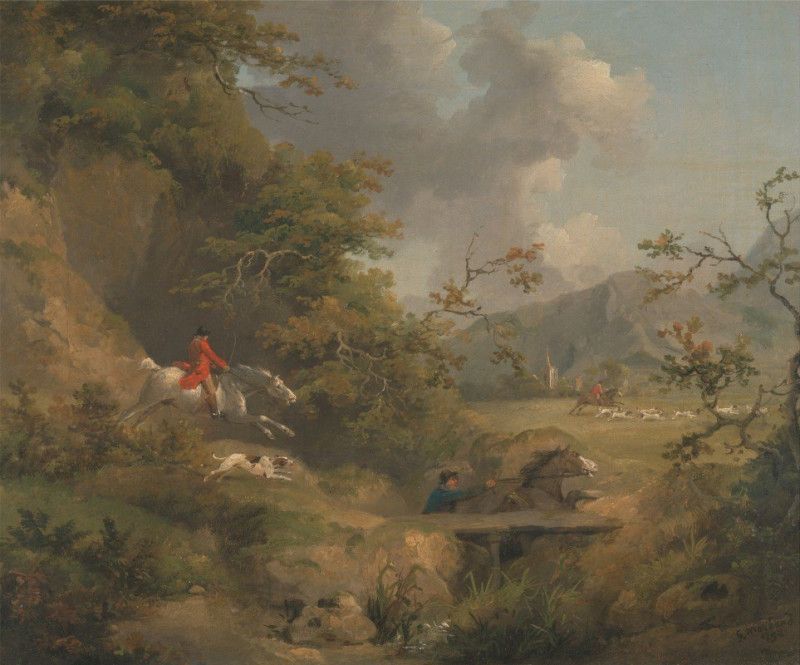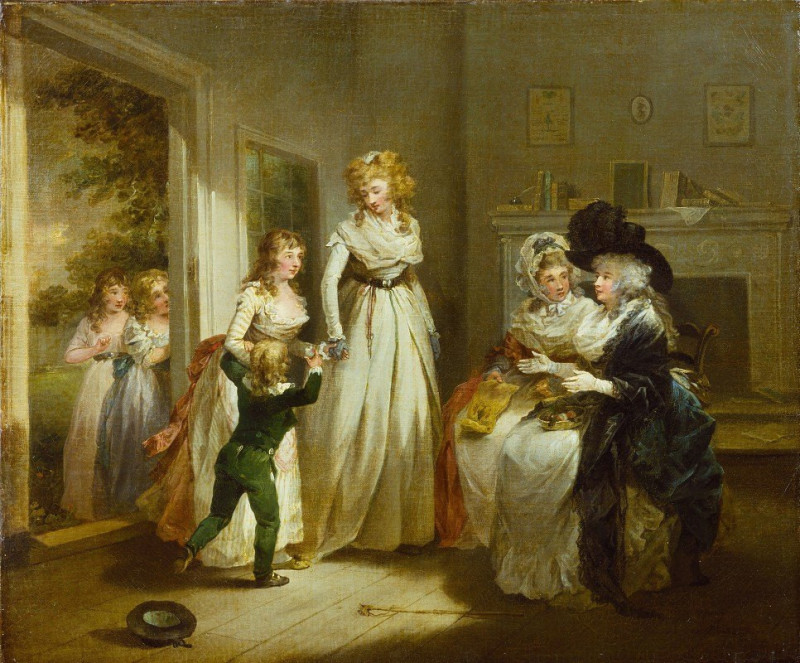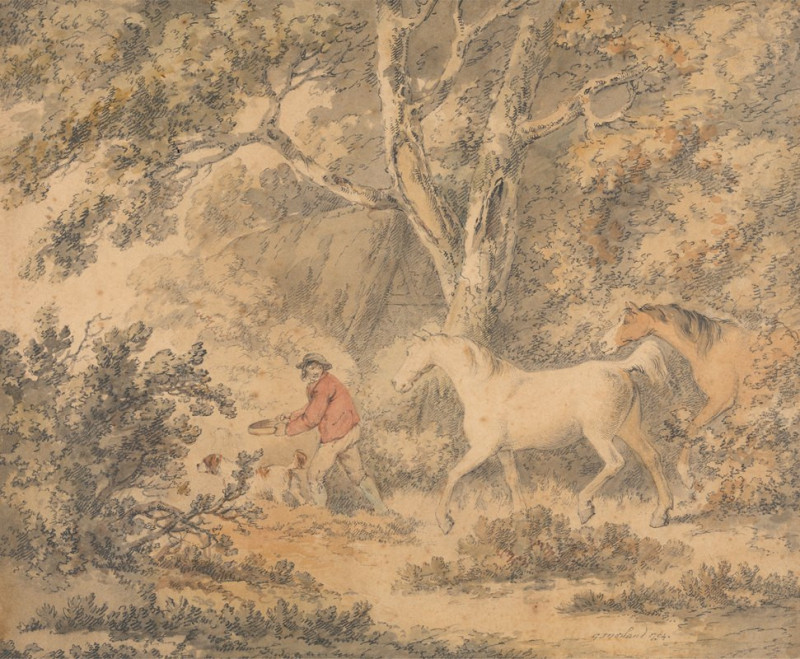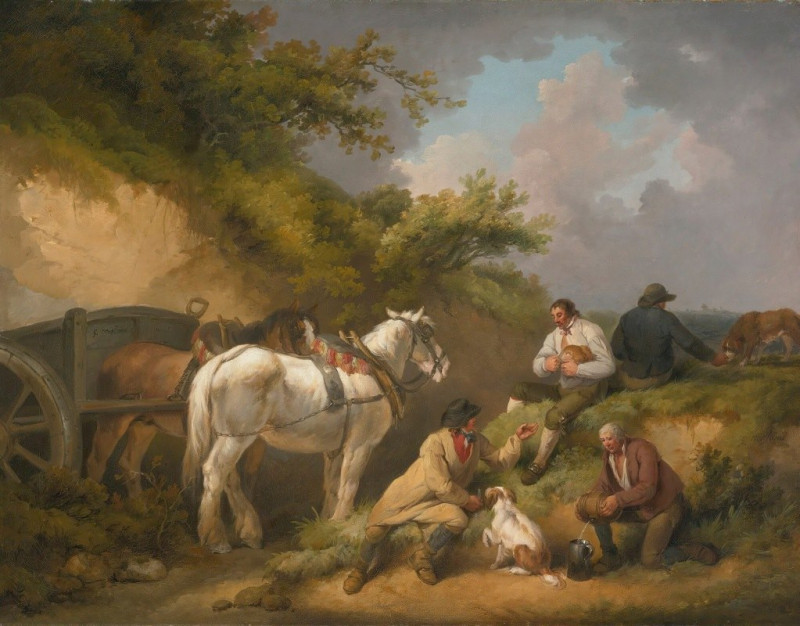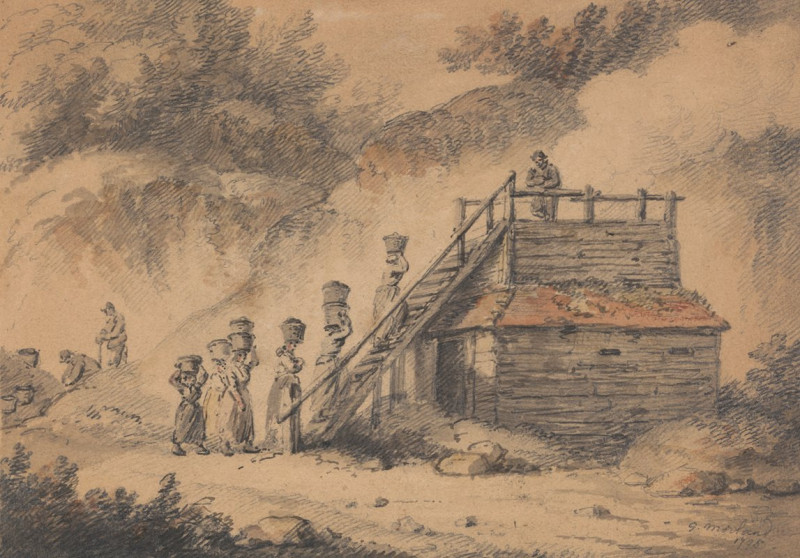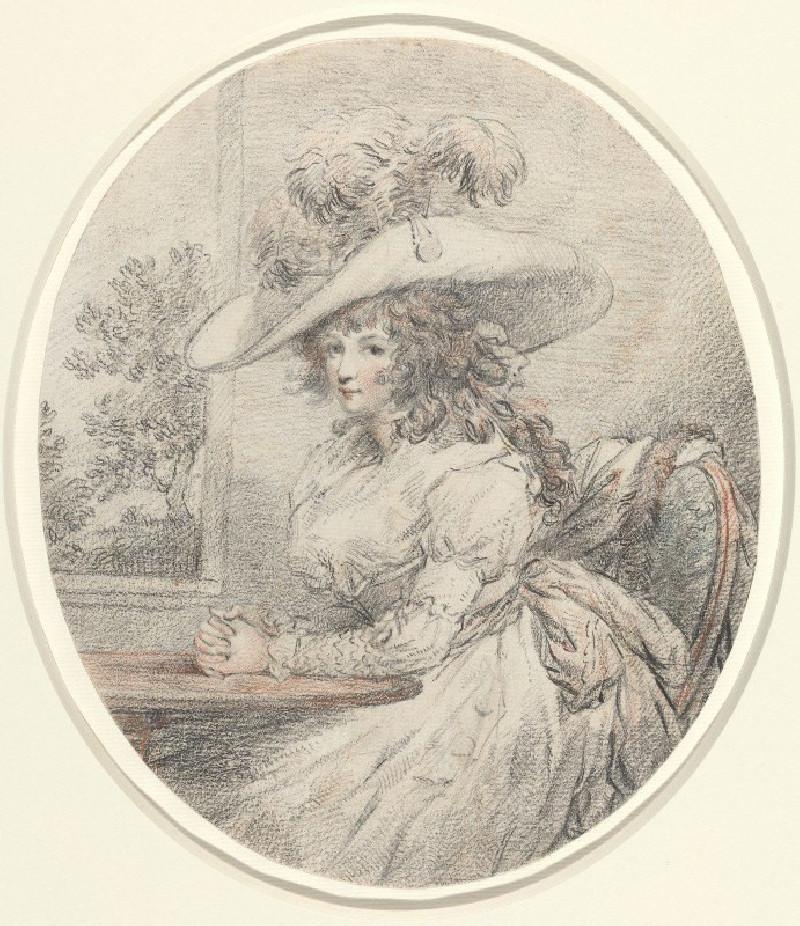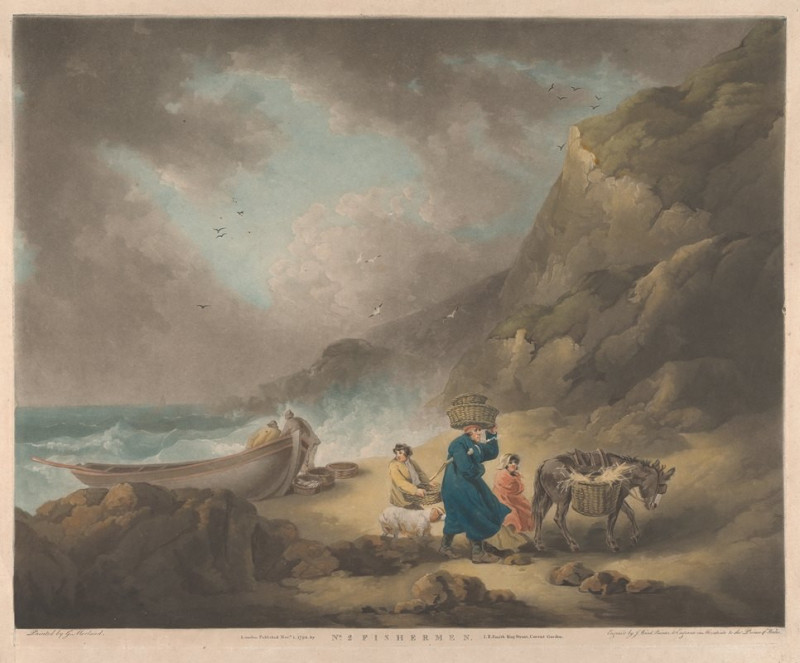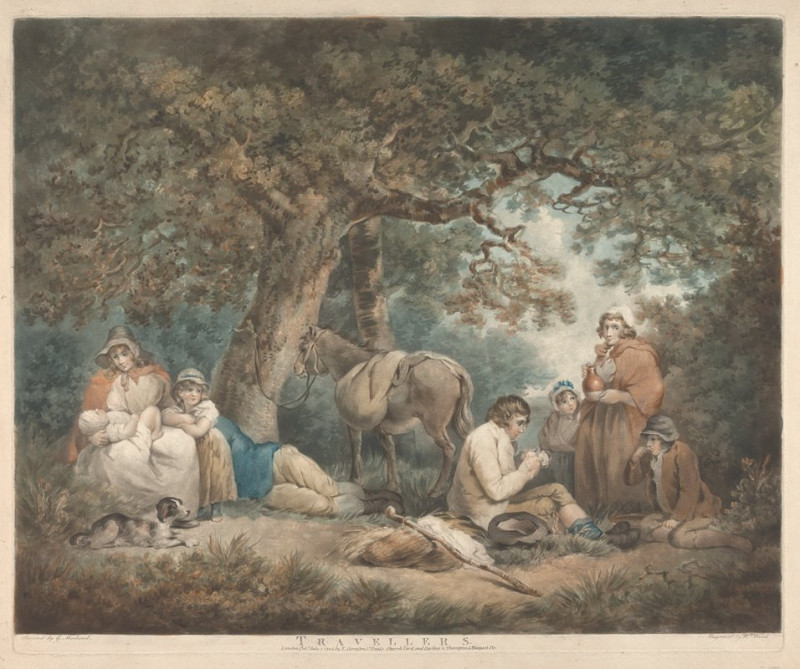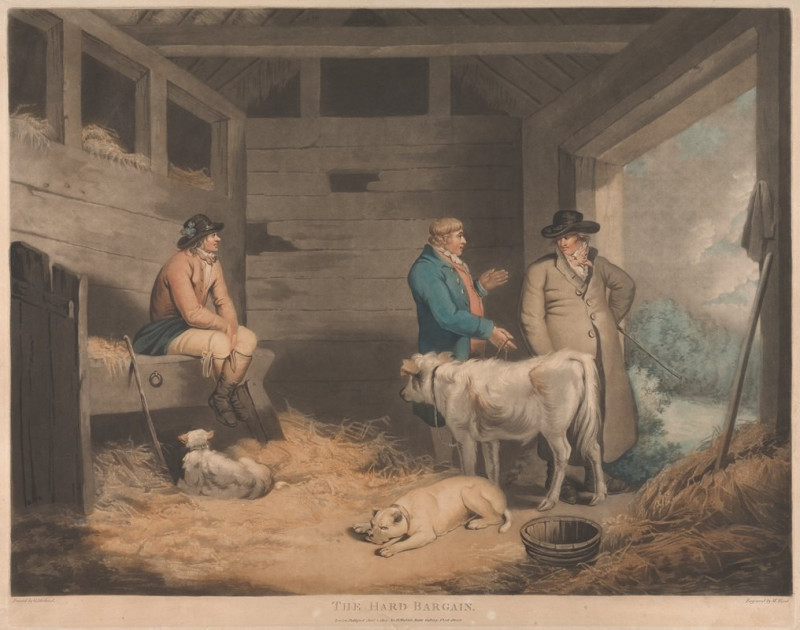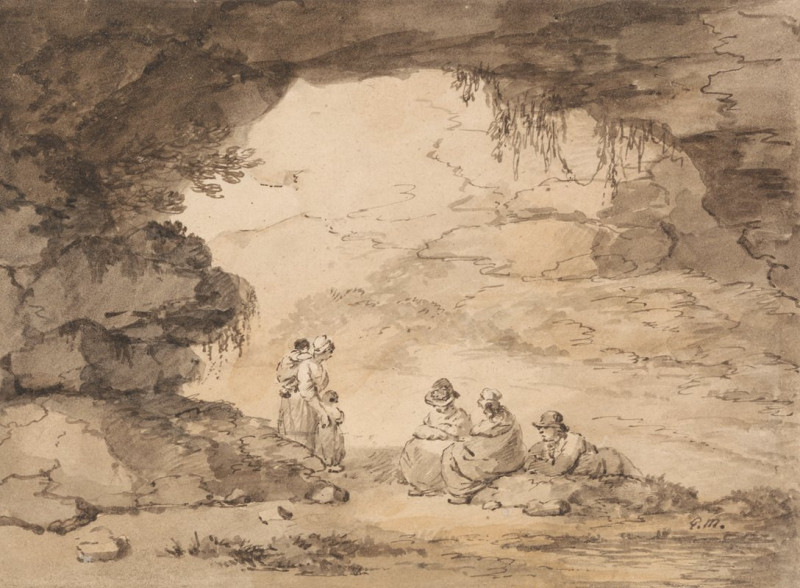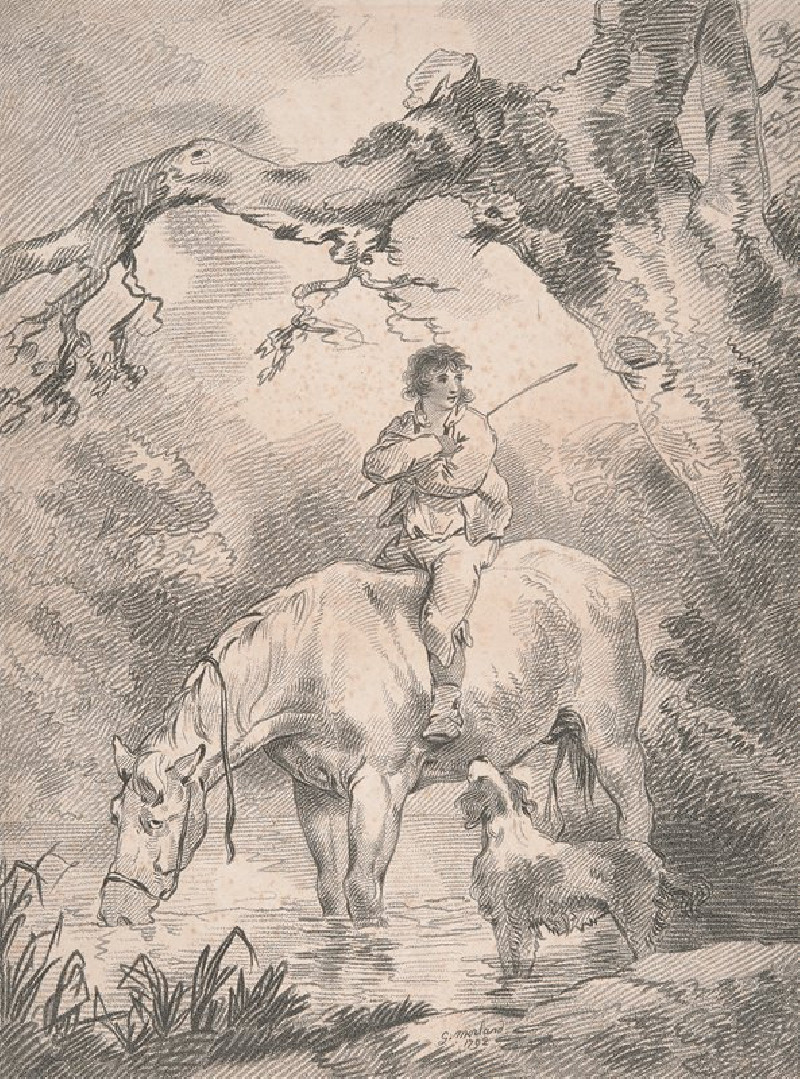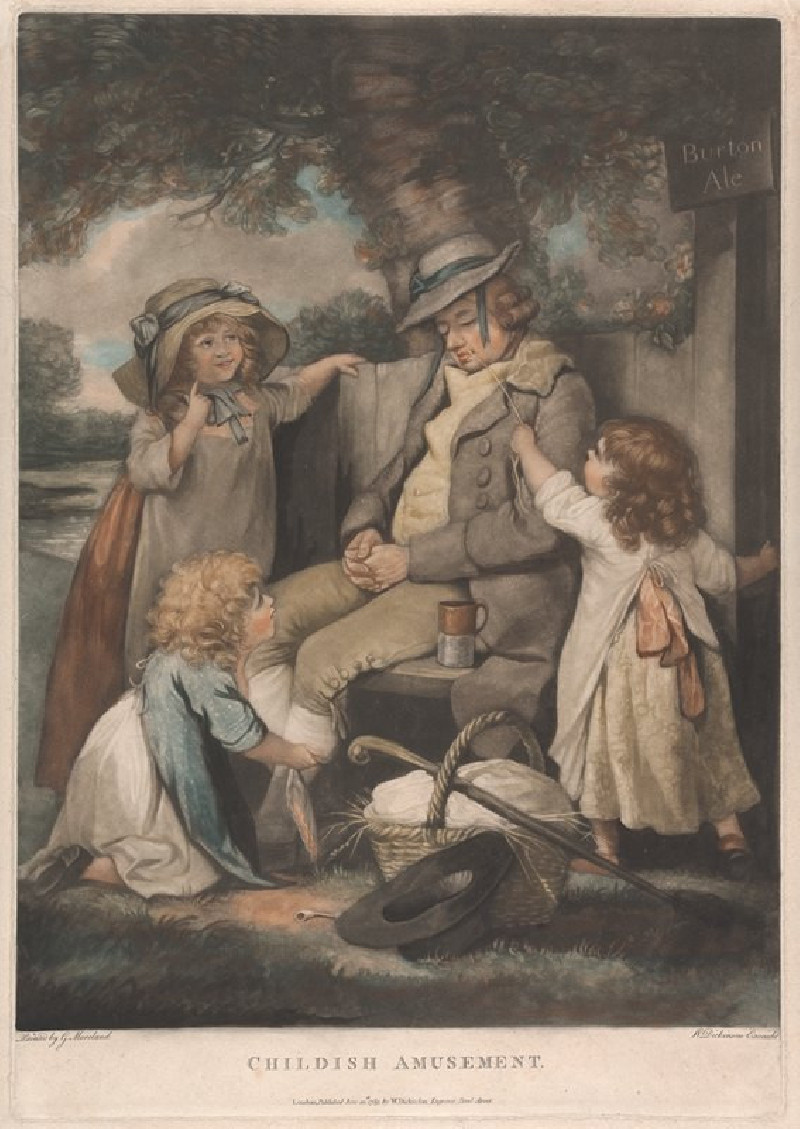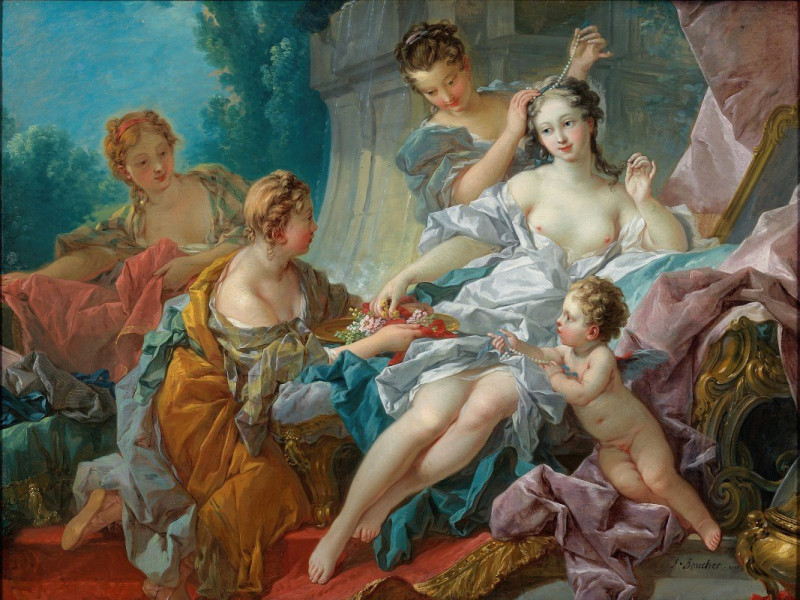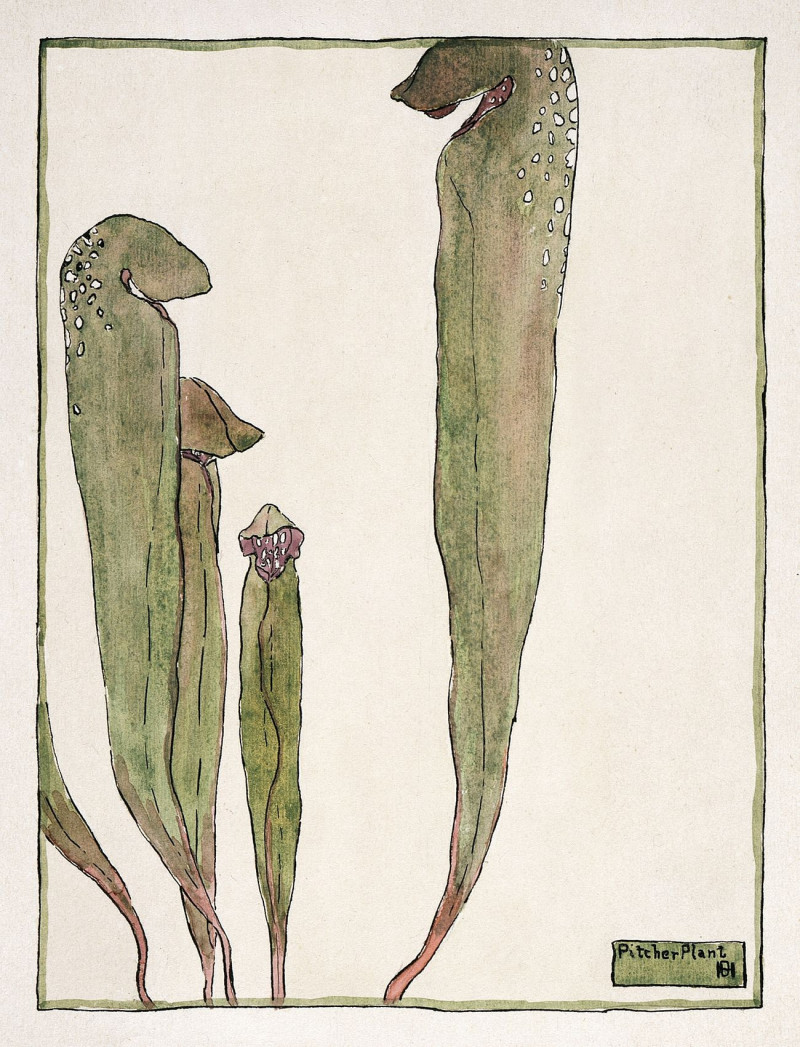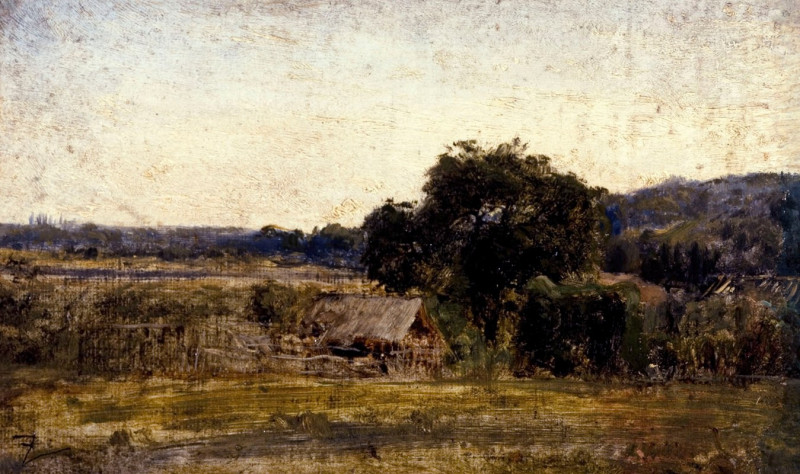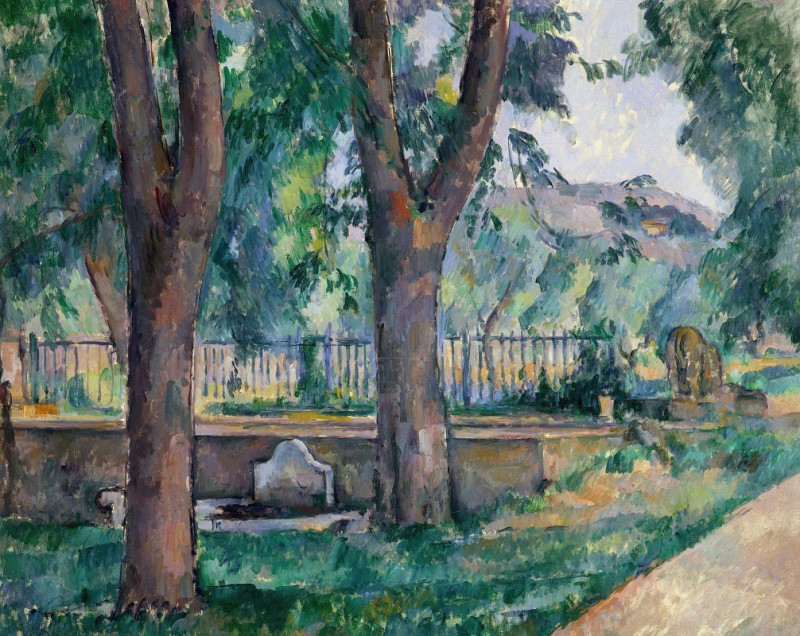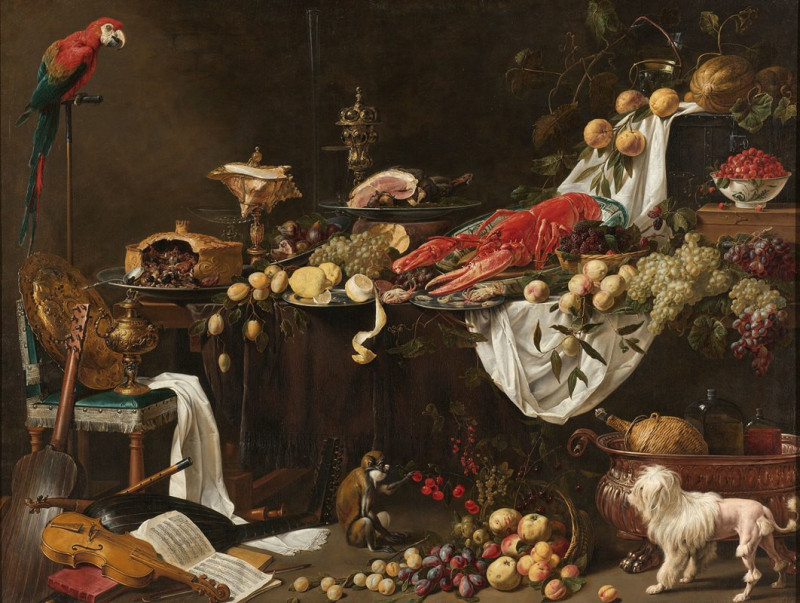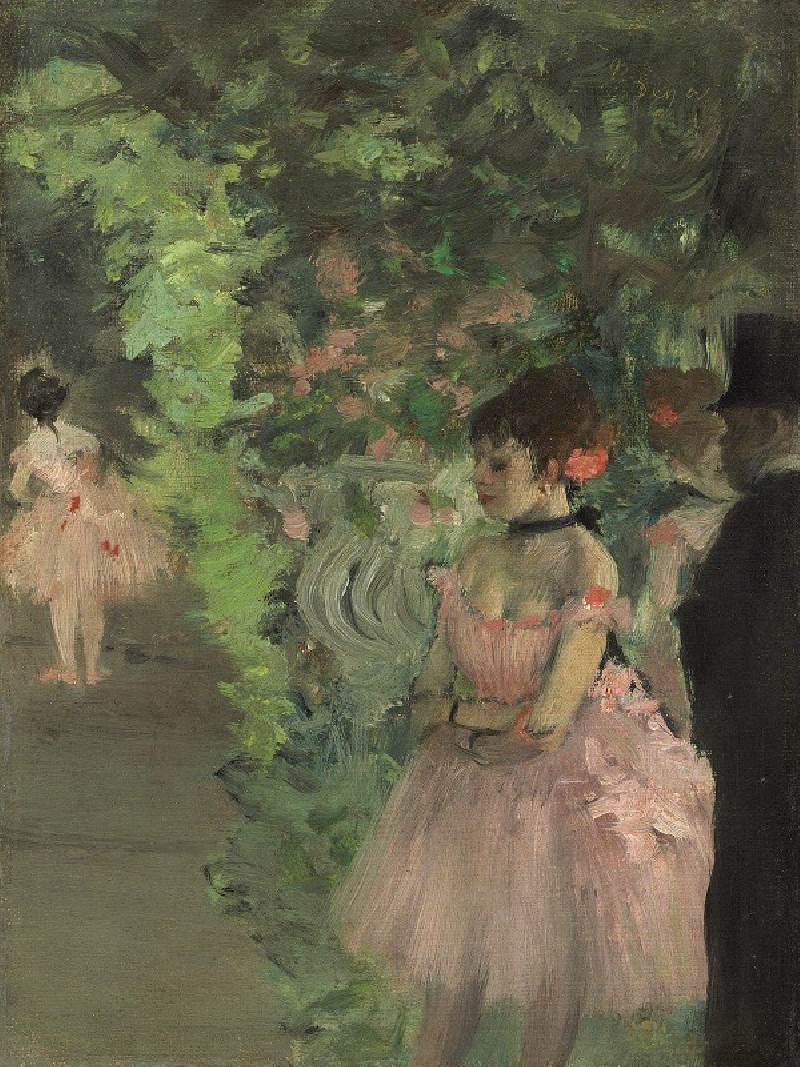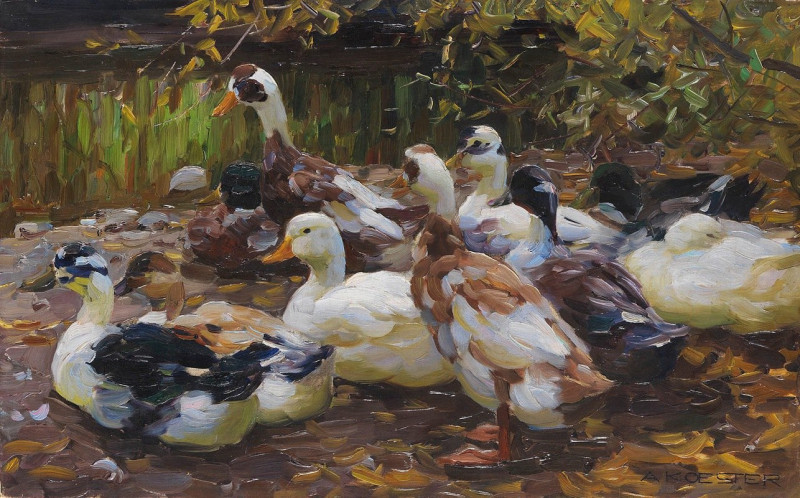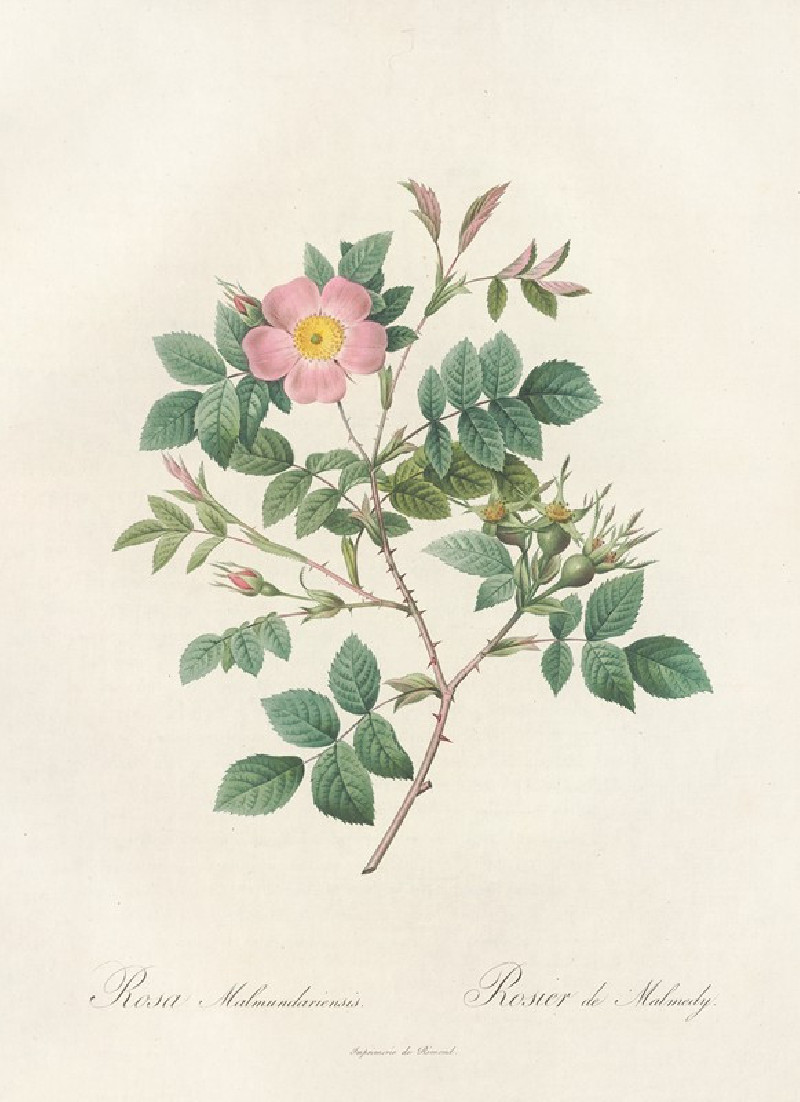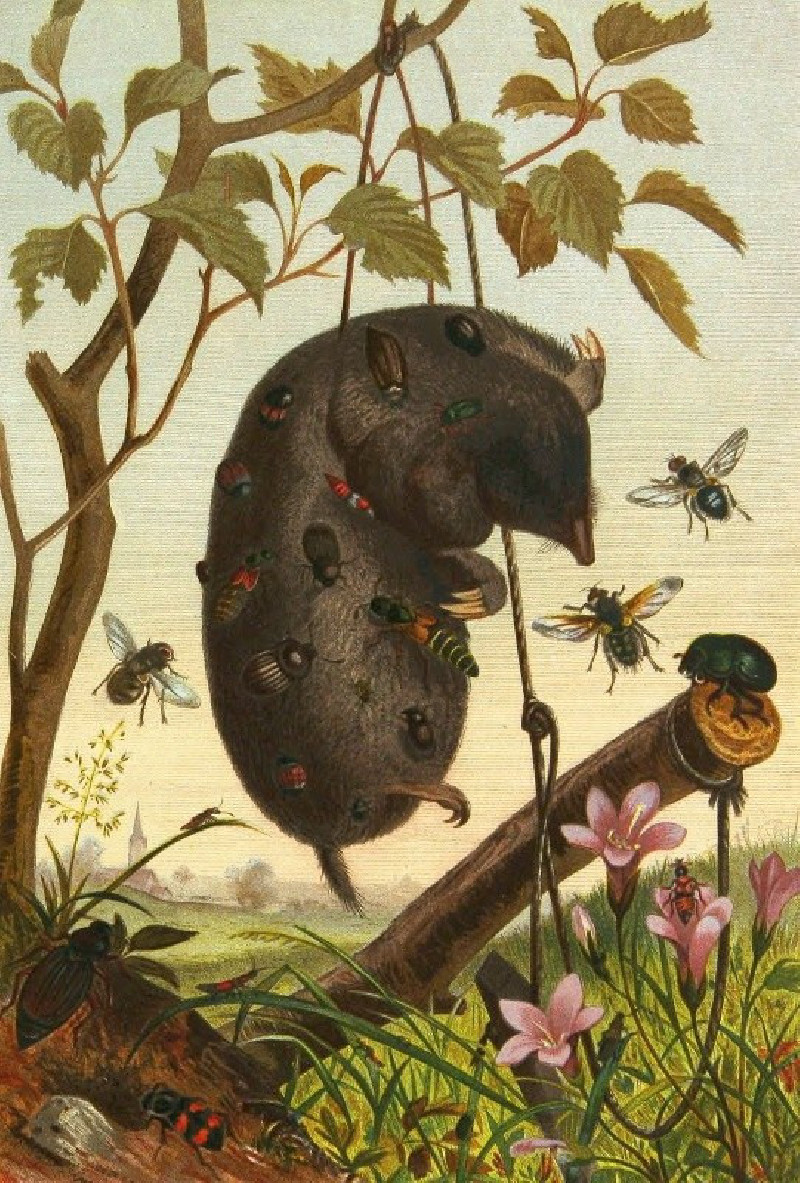The Farmer’s Stable (1792)
Technique: Giclée quality print
Recommended by our customers
More about this artwork
In the evocative 1792 painting "The Farmer’s Stable," esteemed British artist George Morland transports us into the quaint and bustling life of rural England. This painting, known for its detailed depiction and vibrant narrative, offers a glimpse into the daily interactions between humans and animals within a farm setting.The scene is set inside a dimly lit stable, where the primary subjects are horses and their caretakers. Center stage are three stately horses, each rendered with meticulous attention to the musculature and sheen of their coats. The horse in the foreground stands being gently groomed by a stable boy, while another, richly adorned with colorful bridles, looks directly out towards the viewer, creating an engaging visual dialogue.On the left, a man is seen kneeling as he attentively adjusts the bedding, showing the labor and care that goes into maintaining the well-being of farm animals. His posture and the bend in his action illustrate the humility and hard work that underpin rural life. These human figures are portrayed with respect and dignity, reflective of Morland's admiration for the countryside and its inhabitants."The Farmer’s Stable" is more than just a depiction of daily activities; it's a narrative about the bond between humans and animals, and a testament to the enduring spirit of pastoral life. The muted palette and the play of light and shadow evoke the calm and somewhat somber atmosphere of the stable, suggesting both the tranquility and the toil of agrarian existence.As a delightful artifact from the 18th century, this painting not only highlights George Morland’s artistic prowess but also serves as a historical document, telling stories about the era’s cultural and social milieu.
Delivery
Returns
George Morland (26 June 1763 – 29 October 1804) was an English painter. His early work was influenced by Francis Wheatley, but after the 1790s he came into his own style. His best compositions focus on rustic scenes: farms and hunting; smugglers and gypsies; and rich, textured landscapes informed by Dutch Golden Age painting.


